Shaping Up to Ship Out
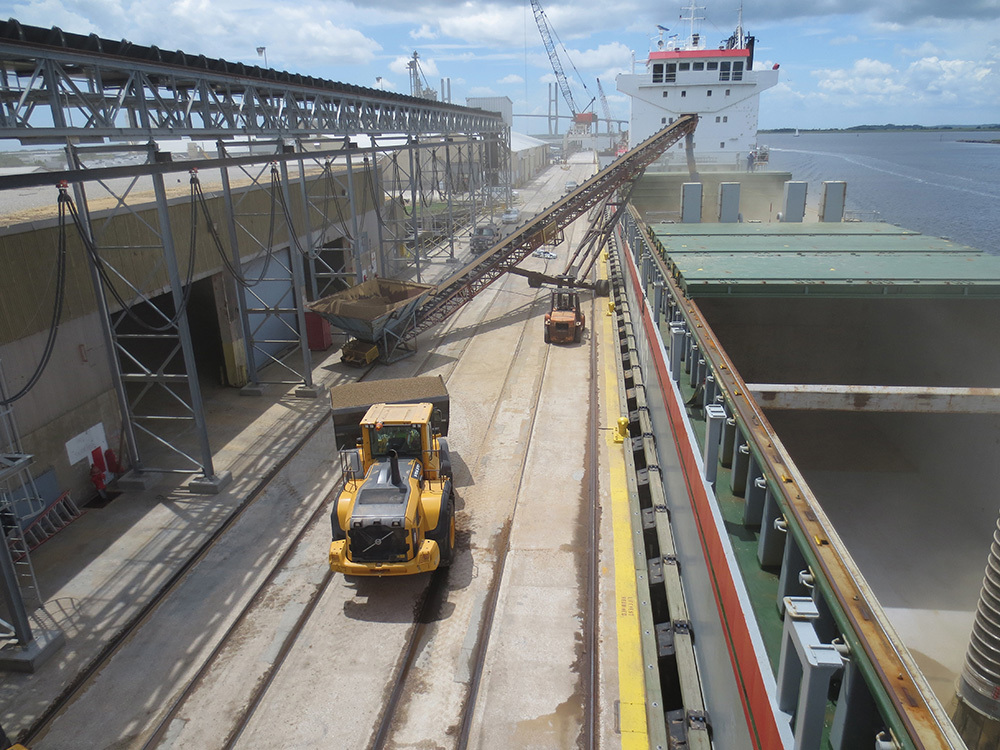
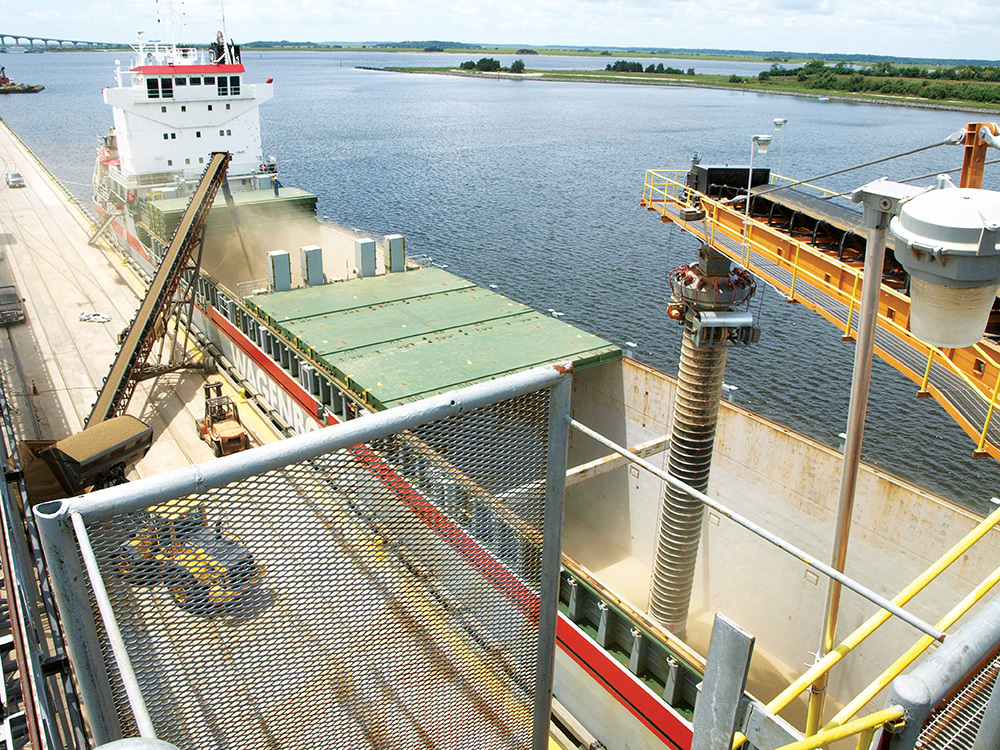
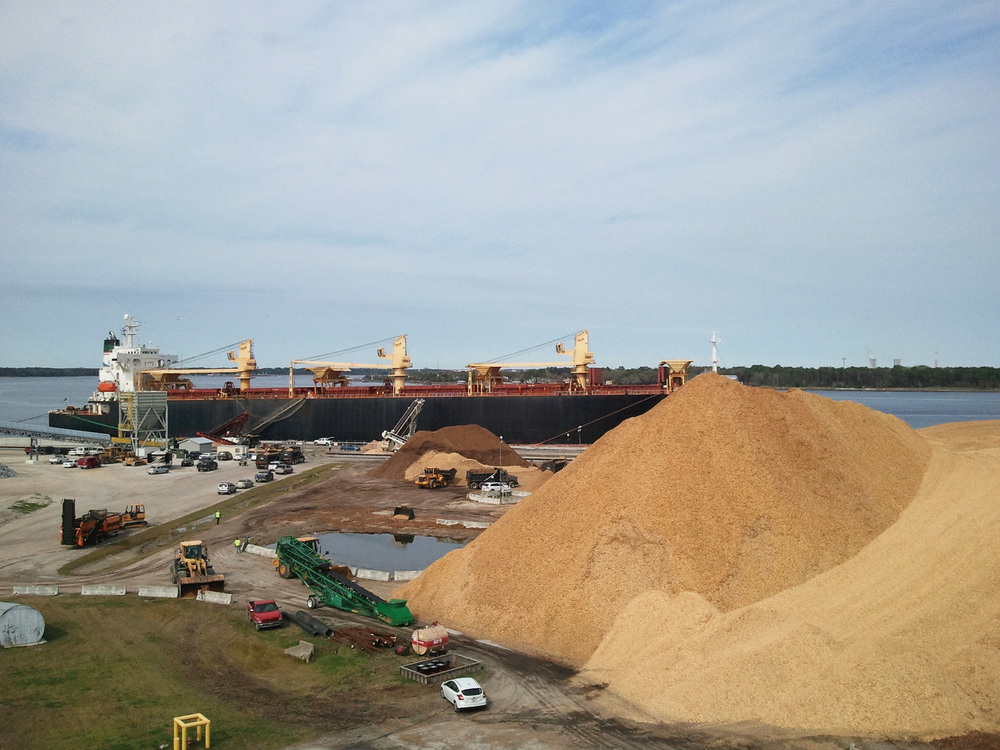
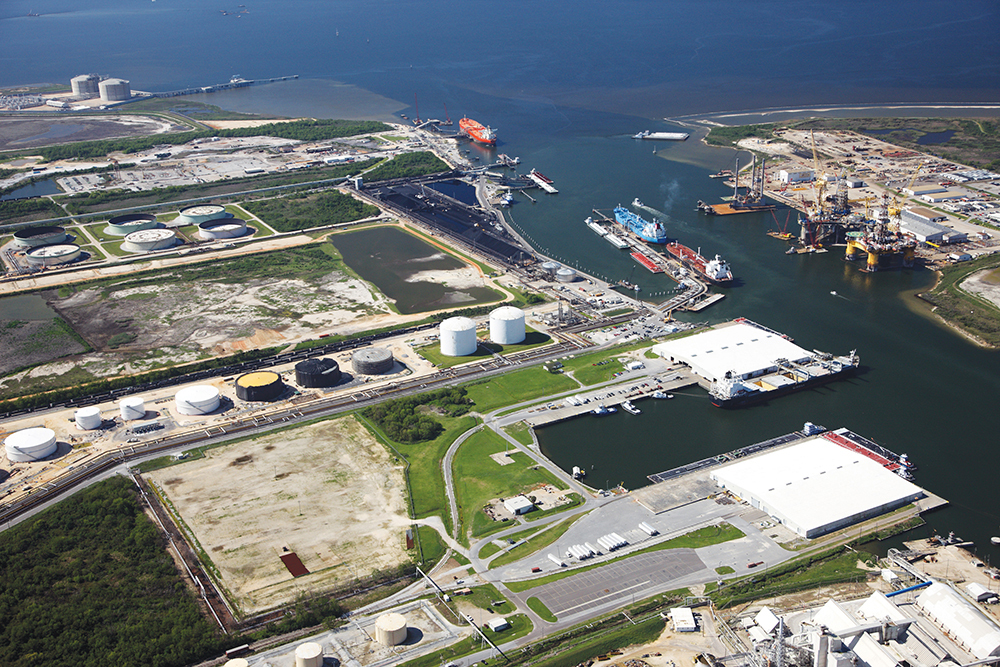
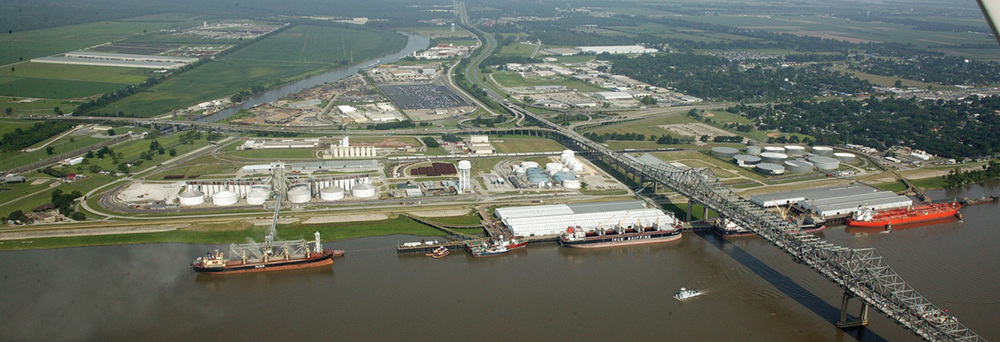
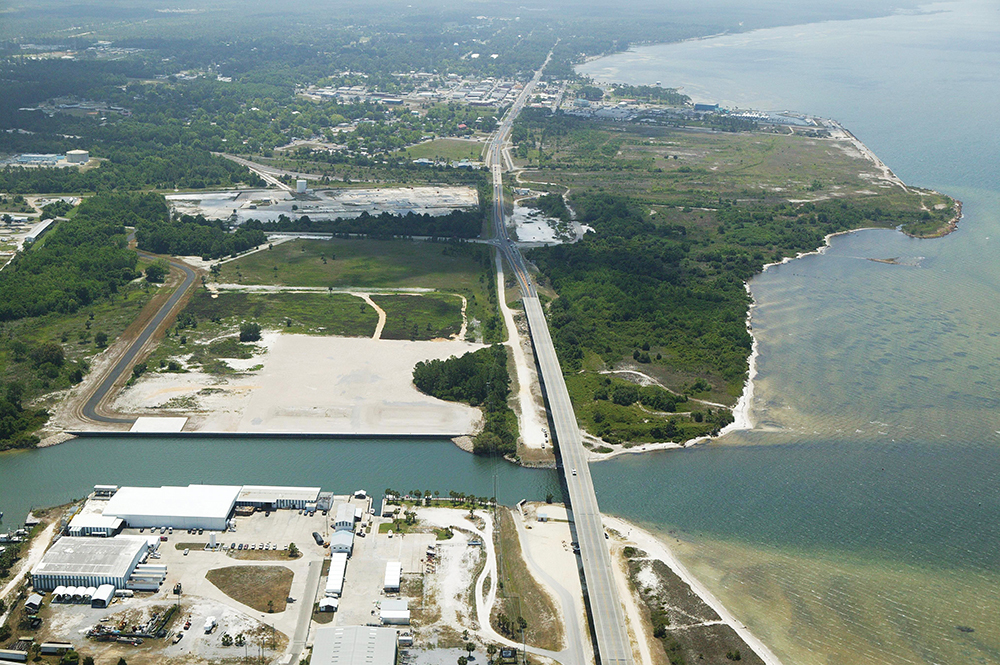
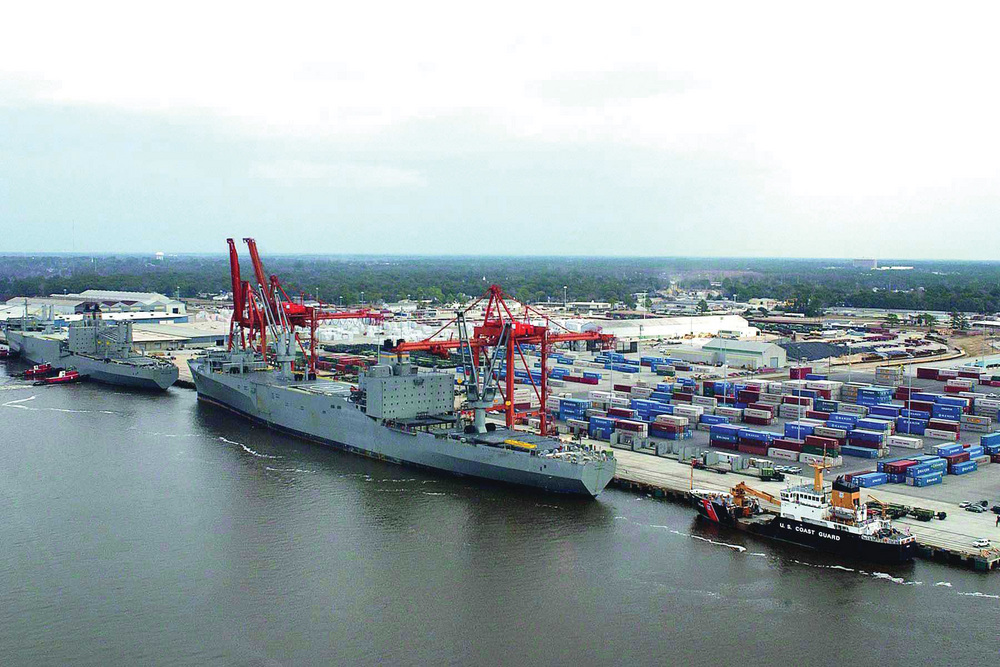















September 23, 2013
BY Anna Austin
In just a few years, wood pellet exports from the southeast U.S. to Europe have exploded, reaching nearly 2 million tons in 2012. In the first quarter of 2013 alone, export volumes were over 1 million tons, compared to total annual shipments of 750,000 tons only four years ago, according to a report by Wood Resources International.
Existing pellet plants, as well as those under expansion, construction or proposed, have prompted multiple port improvements and upgrades to accommodate and capitalize on opportunities offered by the pellet industry build-out in the Southeast. From Florida to Georgia to Louisiana, ports and producers are joining forces to satisfy overseas pellet demand, largely prompted by foreign environmental policy and renewable energy incentives.
Port of Port St. Joe
Enova Energy Group, which has proposed multiple projects in the Southeast and plans to break ground on its first project by the end of the year, has signed a letter of intent with the Port of Port St. Joe in Florida to transport a minimum of 1 million metric tons of wood pellets to the port via the AN Railway. That deal, however, is contingent on the port receiving funding to complete maintenance dredging of the port’s shipping channel to the authorized depth.
So far, things are progressing well. “Presently, the process of application for the dredging funds is going through the normal process,” says Ben Easterlin, Enova Energy senior vice president of development. “The PSJ Port Authority is the applicant and St. Joe is putting in the matching funds and spearheading the process, 75 to 25 percent.”
Easterlin says there’s been success in obtaining a $1 million grant from the Florida Department of Transportation, and the FDOT and St. Joe are sharing the cost to perform a dredge-management plan and obtain the state and federal permits to dredge. “This step is needed not just for the obvious—permits are needed to dredge— but more importantly, this step will give us a more precise cost estimate for the dredging,” he says. “Since the method of disposal and distance to disposal sites are big, cost variables will be determined as part of the permit process.”
Enova is continuing to work through other due diligence related to the design and construction of rail and storage facilities and will enter discussions with the port’s planning department as they become final for local input, Easterlin adds. “All in all, I think it is proceeding on a normal course of plan and we haven’t encountered any issues to date.”
Port of Pascagoula
In April, the Mississippi legislature earmarked $10 million toward wood pellet export infrastructure that will be built at the deep-water Port of Pascagoula, plans for which have long been in the works. The facility will look similar to a grain elevator, consisting of silos, a truck unloading facility, rail cars and a conveyor delivery system to the wharf. It will be built at terminals E and F at Bayou Casotte Harbor.
Though $10 million won’t even cover half of the cost of the facility, which will be up to $30 million, the port and private sector terminal operators will also be investing in the project. The company that will primarily use the port facility, Green Circle Bio Energy, operates a 560,000-ton pellet plant in Cottondale, Fla., and is developing a $115 million, 500,000-metric-ton plant in George County, Miss., near the Port of Pascagoula.
Deputy Port Director Allen Moeller says the port is hoping to finalize its agreement with Green Circle and complete financing in the fall. Besides the $10 million state bond, the project is being funded with $15 million contributed by the port and $5 million from existing terminal operators. “We should be in position to go to construction some time during the first quarter of next year,” says Moeller.
Advertisement
Advertisement
Though the Port of Pascagoula is the largest seaport in Mississippi and over 35 million tons of cargo move through the port annually, wood pellets have not been part of that load, he adds. “It’s a new project, and we’re excited and looking forward to getting it off the ground.”
Port of Greater Baton Rouge
At the end of 2012, Drax Biomass announced intentions to build two pellet manufacturing plants in Louisiana and Mississippi, as well as a port storage and loading facility at the Port of Greater Baton Rouge.
The combined capacity of the new manufacturing facilities, Amite BioEnergy in Gloster, Miss., and Morehouse BioEnergy in Morehouse Parish, La., will equate to 900,000 metric tons of biomass pellets annually. Drax is locating its port-side storage and loading facility on property leased from the Port of Greater Baton Rouge, which will have the capacity to store approximately 80,000 metric tons of biomass pellets. The facility will be designed to accommodate delivery of pellets by rail and truck and is expected to be operational in 2014.
Construction contracts have been concluded for the pellet plants, according to Drax public affairs specialist Melanie Wedgbury. “We have now broken ground and construction is now underway at both sites,” she says. “Construction of the port facility is also now underway.” Wedgbury says Drax is targeting the first quarter of 2015 for the start of commercial operations at Amite and Baton Rouge and the second quarter for Morehouse, with full capacity reached six months later.
Also focusing on the Port of Greater Baton Rouge and moving forward with plans to build a plant in Port Allen, La., is Biomass Secure Power. CEO Jim Carroll says the detailed engineering scopes for the bidding process are expected to be released in early October, with construction commencing in December. “Phase 1 of the Baton Rouge project will consist of three operating lines capable of producing 340,000 metric tons of wood pellets each,” he says. BSP also plans to build a chipping plant on 50-acre site at the Port of Natchitoches. Wood chips from the plant will be transferred by barge to the plant at Port Allen for processing.
According to Carroll, the new facility will be designed with the flexibility to accept logs, wood chips, and residual materials by barge, and logs by rail during Phase 1. Phase 2 will add chip handling at the rail terminal.
“The business model that has been developed for the Baton Rouge plant takes advantage of the avoided cost of transshipment of pellets from the plant to a port of departure,” Carroll says. “A comprehensive onsite storage facility and ship loading equipment rated at 2,000 metric-tons-per-hour is planned, designed to service Handimax and Panamax bulk carriers. The avoided transshipment cost and port fees will be applied to the raw material delivery network, effectively extending the reach of the new plant.”
BPL expects production of pellets to commence first quarter of 2015.
Keystone Jacksonville Terminal
In 2009, Keystone Industries began developing the Keystone Jacksonville Terminal from scratch on a brownfield site on the St. Johns River in Jacksonville, Fla. The terminal received its first Panamax vessel July 5, 2011, according to Phil Hetzner, director of project finance for Keystone Industries.
The terminal currently receives aggregate, iron oxide, chips and fly ash on incoming vessels, and ships out scrap metal and wood chips. And, no surprise, given the characteristics of the deep-water port, wood pellets may soon be added to that list.
Advertisement
Advertisement
Keystone is about 60 percent done building a unit train rail loop, to be completed this year. A rail dump will be installed by next April. “We’re in discussions with the railroad, and we’re quite confident that pellets can be hauled from a fair distance economically and come into our terminal for shipment.”
According to Hetzner, interest has not been lacking. “We’ve been in multiple conversations with pellet producers, project developers and European utilities for years,” he says. He has worked on pellet projects for about five years, he adds, and things have drastically changed over that time frame. “The people in the business today are so much more sophisticated and knowledgeable, and what they’re trying to do is much better founded. However, the issues still are who you are going to sell pellets to, and how the plants will get financed. As more pellet plants come on line, we’ll continue the build-out of our facility.”
Port of Virginia, Portsmouth Marine Terminal
A soon-to-be-revived cargo port at the Virginia Port Authority’s Portsmouth Marine Terminal will host a wood pellet storage facility, a project that the VPA has contracted with ecoFuels Pellet Storage LLC, a joint venture between Capital Management International and multiFuels LP, to take on.
The joint venture includes a 20-year lease on a 15-acre site where two pellet storage domes are to be constructed for a combined storage capacity of about 1.2 million tons. EcoFuels Pellet Storage opened a nonbinding Offering for Capacity July 15, and the company anticipates construction to begin later this year, with an in-service date during the last quarter of 2014.
EcoFuels design will allow customers to deliver pellets via road or rail, and the terminal is conveniently located at the off-ramp of major interstate highways. The terminal also accommodates rail service via CSX, NS and Norfolk & Portsmouth Belt Line railroads. "As the northern-most deep-water port in the mid-Atlantic region, PMT is an excellent location for pellet export to Europe,” says ecoFuels partner Peter O’Keefe. “We’re delighted with the interest manufacturers have shown in our offering.”
Port of Wilmington, N.C.
The North Carolina Council of State recently approved a lease agreement that gives the North Carolina State Ports Authority the go-ahead to enter the wood pellet industry. According to the agreement, Enviva LP may construct a wood pellet export facility at the Port of Wilmington, which could bring an estimated $2 million annual investment and at least $1.25 million in annual revenue.
Per the agreement, Enviva will finance, construct and operate a facility that will consist of two storage domes, a railcar unloading station and a ship loader and conveyor system. The initial lease term is 21 years, with two additional five-year renewal options. It calls for the facility to be operational by January 2015.
Elizabeth Woodworth, spokeswoman for Enviva, says that the company is evaluating a number of opportunities for growth throughout the southeastern U.S., including potential operations in the Wilmington region. However, plans with the port are still tentative. “Although [Enviva] has engaged in discussions with the Port of Wilmington, no final agreements have been signed at this time,” she says.
Woodworth adds that Enviva’s Port of Chesapeake in Virginia is fully operational and facilitates the company’s mid-Atlantic wood pellet manufacturing facilities. The company’s two, state-of-the-art wood pellet storage domes there have a combined capacity of approximately 90,000 metric tons.
Port of Brunswick, Ga.
In August 2011, the Georgia Ports Authority and Logistec, a Montreal-based stevedoring and terminal operations company, announced a shared investment in the East River Terminal in order to expand its wood pellet export capabilities, which have contributed to the highest cargo levels the GPA has ever experienced. In April, 2.4 million tons of cargo passed through Georgia’s ports, a new record. Tonnage moving through the East River Terminal increased 14 percent over the same time frame in the previous year, reaching nearly 670,000 tons, led by biomass fuels.
A critical component of the investments was a deepening of the shipping channel from 30 to 36 feet. Expounding on the ramifications of that improvement, David Proctor, Logistec terminal manager, says the GPA also dredged from 30 to 36 feet, which will increase the terminal’s capability of bringing in larger vessels for pellet exports. “With a 30-foot-depth, you can only get maybe 15,000 or 16,000 tons of any kind of cargo into the Port of Brunswick,” he says. “With the expansion and the deepening of the channel down to 36 feet, we are capable at this time of moving close to anywhere from 35,000 to 40,000 tons of wood pellets in a vessel. There are economies of scale with the larger-size vessels, and this additional draft allows us to attract a new target market when serving the large-size utility companies overseas.”
Author: Anna Simet
Managing Editor, Biomass Magazine
asimet@bbiinternational.com
701-751-2756
Upcoming Events





